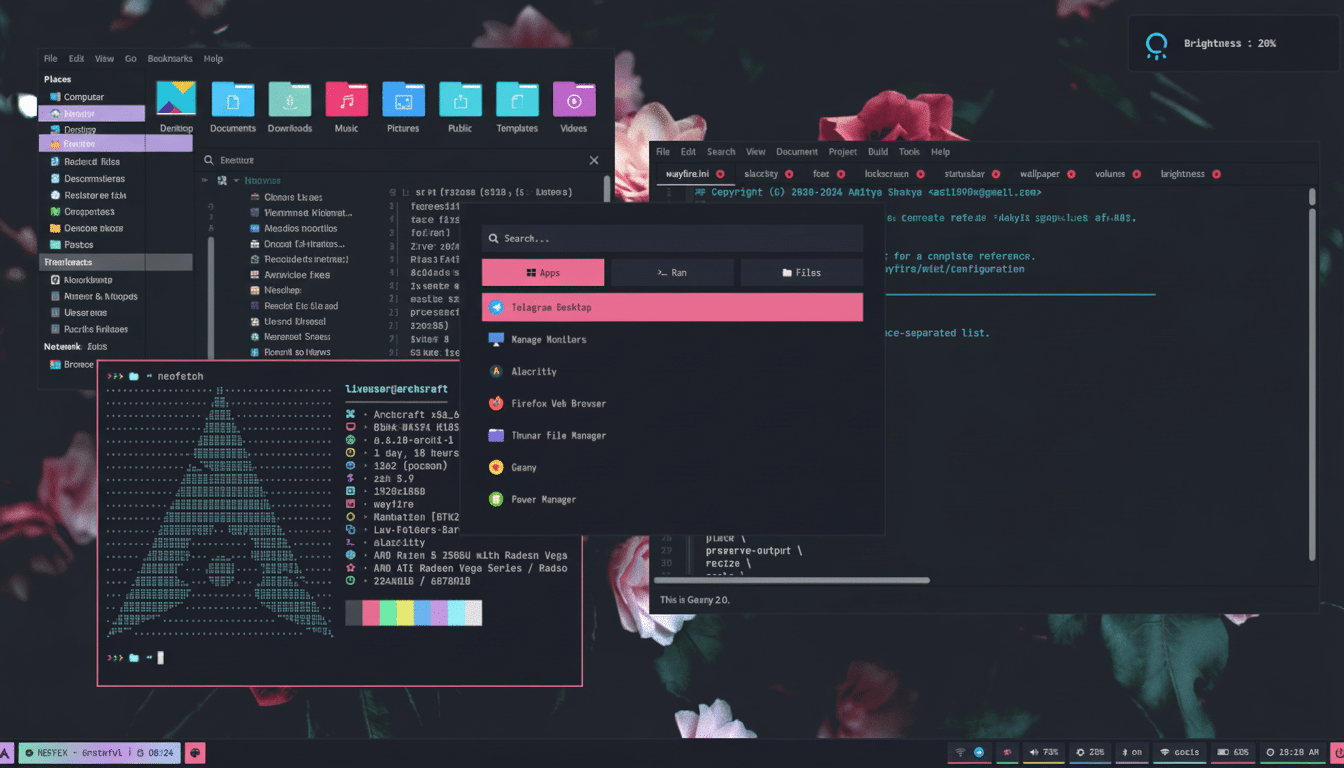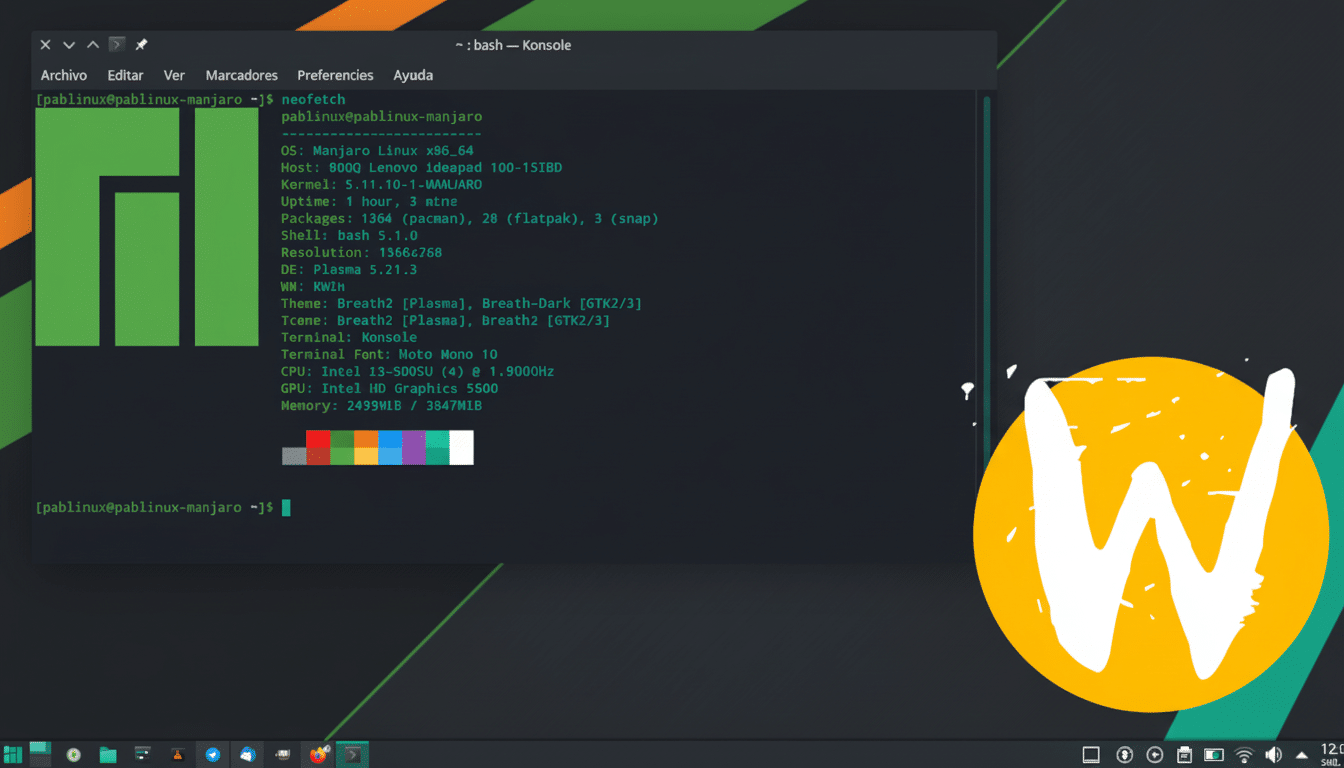KDE Plasma has always been about eye candy and control, but the 6.5 beta ratchets up that balance into rarefied air. It’s sharper-looking, more consistent in behavior, and gives power users more levers and switches without overwhelming the newbies. It’s still a beta, but the course seems set, and it leads to a slick, customizable Linux desktop whose design feels considered rather than simply feature-stuffed.
So here are four ways in which the 6.5 beta draws a map to where Plasma is heading, based on what the KDE community has been pushing in the 6.x series and the feedback early testers are sharing in rolling distributions.

Wayland polish brings smoother scaling and lower latency
Smooths graphics on the Wayland symbols page, thanks to Denis Kuplyakov.
Wayland is not a science experiment any more—it’s the default on major desktops and distributions, and the X.Org Foundation itself labels X11 as maintenance-only. Plasma 6.5 leans into that with improvements to KWin’s Wayland session: tighter frame timing, more dependable fractional scaling on mixed-DPI setups, and fewer visual hiccups when using touchpad gestures or changing multi-monitor configurations.
These small tweaks may sound, well, small—but they add up. Laptop users with hybrid graphics have observed fewer “one-off” stutters when docking or resuming from suspend. This is due to the explicit synchronization work presented in the 6.x series. NVIDIA users receive love too, of course—the beta work continues on reducing input latency and smoothing frame pacing. Fedora and Ubuntu already boot Wayland first, and Plasma’s consistent progress in ironing out issues slams the door further on lingering X11-era edge cases.
Cleaner design and more consistent theming
The team behind Plasma has also been chipping away at consistency, and it shows with 6.5 beta. The Breeze theme’s spacing, shadows, and rounded corners line up more consistently between applications; header areas that follow the panel’s visual style; adaptive transparency no longer feels so much “all or nothing.” The visual effect is subtle: windows read as family members, not a mix of generations.
Accent colors pulled from wallpaper are still a hallmark, but the beta pairs that with better contrast defaults for legibility and a calmer animation curve to avoid the “hyperactive” feel some users turn off on day one. KDE’s Human Interface Guidelines have been quietly heading in the right direction, and it’s noticeable that, between Dolphin, Konsole, and System Settings, UI anomalies have fewer outliers, making it feel more polished than not.

More customization with clearer controls and fewer hassles
Customization is only rewarding if it’s discoverable. Plasma 6.5 makes it easier than ever to make edits. Common tweaks—task manager density, system tray contents, clock style—are more quickly nailed on the first try with clearer handles and in-place widget controls for editing panels. And new default layouts and presets are dumber, so that you don’t need to spelunk through every possible setting just to find ones that’ll give you a tiling-friendly or docky sort of workflow.
Window management remains a highlight. KWin’s tiling and rules engines have been getting more mature, too: you can set per-app behaviors (borderless, workspace-targeting, size hints) that stick reliably. In reality, that may mean spawning a code editor and having it snap left, then snapping a terminal under it and adding a browser to the right—and with those positions remembered. KRunner is growing as a quick gateway for unit conversions, session actions, or settings toggles.
Faster feel, better battery, and accessibility
Performance is also a surprisingly strong point of Plasma. For one, it is commonly tested independently with lower idle memory usage and fewer CPU wakeups than other fully featured desktops, and the 6.5 beta follows this by-the-numbers approach to a T. Input latency also feels more responsive on Wayland, especially on high-refresh panels, where smooth scrolling and window resizing would previously appear to wobble. Ultraportables such as the Framework Laptop and the ThinkPad line see a small uptick in battery life compared to prior Plasma releases, according to early testers, due to saner defaults and less background churn.
Accessibility isn’t an afterthought. High-contrast themes, fractional scaling per screen on Wayland; new key navigation; and now screen reader support through Orca continue to improve! The clearer focus indicators, along with the matte contrast, in Plasma are nicer to live with day in and day out for a low-vision user or someone sensitive to color. That kind of attention to detail scales well—as shown in Valve’s upcoming Steam Deck, which uses a KDE-based desktop mode and provides the same sorts of refinements that can help gamers and casual users alike enjoy better hardware.
And none of this exists in a vacuum. KDE’s weekly bug triage, cross-project collaboration with the Fedora Project, Canonical, and the graphics stack maintainers all help continue to drive the desktop forward. As the 6.5 beta becomes stable, you’ll see it hit KDE Neon testing and rolling releases such as Arch and openSUSE Tumbleweed first, with other distributions following once the usual QA has occurred.
If you’ve been waiting for a Linux desktop to match elegance with agency, KDE Plasma 6.5 is looking like the most compelling iteration yet—beautiful by default, infinitely adjustable when you need it, and increasingly frictionless where it matters.

